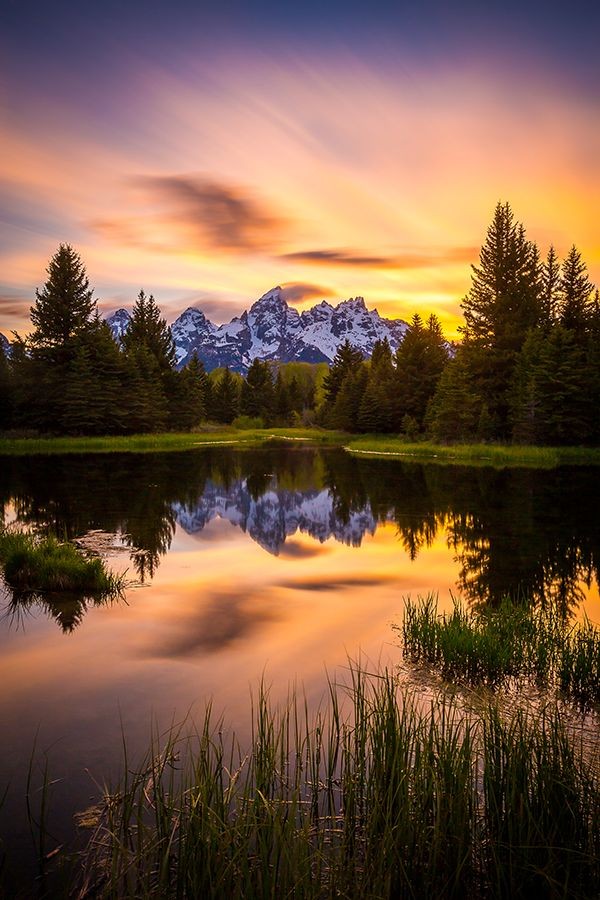GENEVA — An unidentified popping sound is all it took to start panic on both sides of the Atlantic, twice within a matter of hours. The first one, in the small town of Juan-les-Pins on the French Riviera, on the evening of Aug. 14 caused a stampede that left more than 40 people injured. The second one was set off at JFK airport in New York a few hours later, where the mysterious pop-pop-pop in the distance led to flights being rerouted, delayed and cancelled. Minor causes, major effects.
It was hard to identify exactly what triggered each panic, with the U.S. press reporting that the New York incident may have been sparked by a few track-and-field fans getting rowdy during the Olympics 100 meter final; while in France, it looks like it was some holiday firecrackers.
Collective panic is as powerful as it is irrational. French military psychiatrist Louis Crocq wrote a book about the source and significance of these emotions. They start with "the perception of a real or imaginary threat" which turns into "a regression of conscience" and leads to "maladaptive behaviors such as shock, frantic flight, violence or even suicide."
Panic embodies the height of empathy as it is based on an instinctive imitation of the other, and yet is also highly asocial as it only targets personal salvation to the point that one may even kill to survive.
A panic always has a "trigger factor" that may be a sound, a movement, an incident, Crocq explains. But it does not happen without a "predisposing factor" or particular circumstances. The first one being a general climate of anxiety, which for example was economic during the 1929 Wall Street crash, or was security related when the German army advanced towards Paris in 1940. Two different feelings of fear, which sparked a suicide epidemic in the former and mass human exodus in the latter.
Huge crowds are the second condition. They are essential for the contagion to happen between a significant number of fragile people. The third condition is the inexistence of a reassuring presence able to inform and give people instructions. And then come aggravating factors, such as social networks spreading scare stories in more recent years.
Pompeii to present
The phenomenon is as old as mankind itself. Crocq mentions about 50 historic manifestations in his book, from the eruption of Mount Vesuvius near Pompeii in AD 79, to moviemaker Orson Welles' famous radio broadcast in which he announced that America was under attack by Martians, causing a nationwide panic.
Today appears ripe for a new wave of such public panic. Frédéric Espesito, the Director of Geneva's Global Studies Institute, says the current skittishness is fed by two factors. The first one is the growth of terrorism, where the central aim is specifically to cause these kinds of collective panics. The second one is the increase in the number of 24-hour rolling news channels and the emergence of social networks.
Fire drills as a model
"We used to rely on people's common sense to avoid repetitive panics," Esposito says. "But the political and social environment has become so nerve-racking that it would be a wise move to take particular measures to combat this phenomenon and to provide people with instructions. Presentations of safety measures already exist in aircrafts, so why not during large manifestations? Classes about the dangers arising from social networks — especially when they are used as a way to scaremonger — could also be introduced in schools."
Crocq says there are specific steps to take to reduce risks of hysteria. People need to be educated to understand the moral duty (mutual assistance), and also apply the correct responses to such a situation (the respect for the existing rules and hierarchy). They also need to be trained so that anxiety proves useful by being transferred from the mind to the arms and legs. "Fire drills in schools could be used as a model for a larger framework to counter the risk of losing lucidity in highly critical moments," he said. "The public wants concrete action."






